Five of the World’s Most Fascinating Topiary Gardens
Whimsical gardens in surprising shapes decorate homes, churches and cemeteries around the world. We’ve rounded up five of the most extraordinary
/https://tf-cmsv2-smithsonianmag-media.s3.amazonaws.com/filer/a2/7d/a27d6317-87a3-4d63-ad5b-9896ee74d0f4/42-26422197.jpg)
Humans have been clipping trees and shrubs into ornamental shapes since at least ancient Rome. Pliny the Elder—the famed Roman statesman who penned an encyclopedia and who died while watching a volcano erupt—ascribed the discovery of topiary to Gnaius Mattius, also spelled Caius Martius, born in 38 B.C. But Martius wasn’t a professional gardener. As historian George Drower writes in a book called Garden Heroes and Villains, “He was better known as a writer of popular comedies, and quite why he should have advocated the trimming of hedges into whimsical shapes is unclear.”
Keep in mind those whimsical forms weren’t what we might picture today—like a giraffe or a pair of Mickey Mouse ears. As Mario Erasmo writes in Strolling Through Rome: The Definitive Walking Guide to the Eternal City, Martius used plants to create the shapes of “hunting scenes and naval fleets.”
And when it comes to who should get the real credit for these horticultural feats, the answer may actually be ancient slaves. As Drower explains, slaves did the gardening work in Rome, and came to the imperial city from Greece, Syria and Egypt, meaning that they “might have introduced topiary from other lands—perhaps from Persia where the army of Alexander the Great had found hedges of clipped myrtle.” That would place topiary’s beginnings even earlier than 38 B.C.
While the groomed plants from millennia ago are no longer around, of course, there are topiary scenes today that date back a few hundred years. For that and more, check out our top five topiary gardens below:
Municipal Cemetery, Tulcán, Ecuador
According to its creator, this topiary cemetery is “so beautiful it invites one to die.” In the 1930s, as Atlas Obscura explains, Josè Maria Azael Franco began to sculpt the cypress bushes that grew in the cemetery where he worked. Today, the cemetery has more than 100 intricate topiary creations, maintained by a team that includes some of the now-dead Franco’s sons. Franco was inspired by Roman, Incan, Aztec and Egyptian themes, but his real aim was to celebrate Ecuadorian flora, fauna and indigenous cultures.
Levens Hall, Cumbria, England
The world’s oldest topiary garden still laid out in its original design is Levens Hall in Cumbria, England, which dates all the way back to 1694. Levens shows off more than 100 pieces of topiary, originally laid out in the 17th century by gardener Guillaume Beaumont, who was also gardener to King James II. Bonus: Levens also dedicates an entire section of its website to ghosts, including the apparition of a little black dog that is said to chase visitors up the main staircase of the property’s very old house.
Church of San Rafael, Zarcero, Costa Rica
Evangelista Blanco Brenes—“a dapper man with a mustache, a fedora and a pair of hedge clippers”—created this whimsical garden back in 1964. When NPR interviewed him 44 years later, in 2008, Brenes himself was still clipping away. The garden is on the grounds of a church, Iglesia de San Rafael, so there’s some religious symbology, including a topiary Christ carrying a cross. But there’s also a dinosaur, an octopus and, perhaps most striking, a series of 16 topiary arches that lead to the church’s entrance. (The arches are considered local favorites.) As for how the garden’s creator keeps maintaining his bounty, Brenes told NPR it takes a whole month for him to trim everything—“and when I’m finished, it’s time to start over.”
Marqueyssac, Vézac, France
For those interested in a surreal, all-encompassing landscape, Marqueyssac is a good bet. The famous garden began taking shape in 1861, when a man named Julien de Cerval acquired the property and spent 30 years overseeing the garden. As Architectural Digest puts it, his topiary creations “mimic the surrounding hills of the Dordogne Valley or, when viewed from above, the backs of grazing sheep.” It certainly takes a lot of work to groom the 150,000 boxwood plants, but the result is a gentle, dreamlike sight.
Topiary Park, Columbus, Ohio
Local artist James T. Mason created the structures for this topiary garden in Ohio to mimic Georges Seurat’s famous pointillist painting A Sunday Afternoon on the Island of La Grande Jatte. In other words, “art apes art,” as WebEcoist writes. Formerly the site of a school for the deaf that burned in a mysterious fire, the park calls itself “the only known topiary interpretation of a painting in existence.”
/https://tf-cmsv2-smithsonianmag-media.s3.amazonaws.com/accounts/headshot/michele-lent-hirsch.jpg)
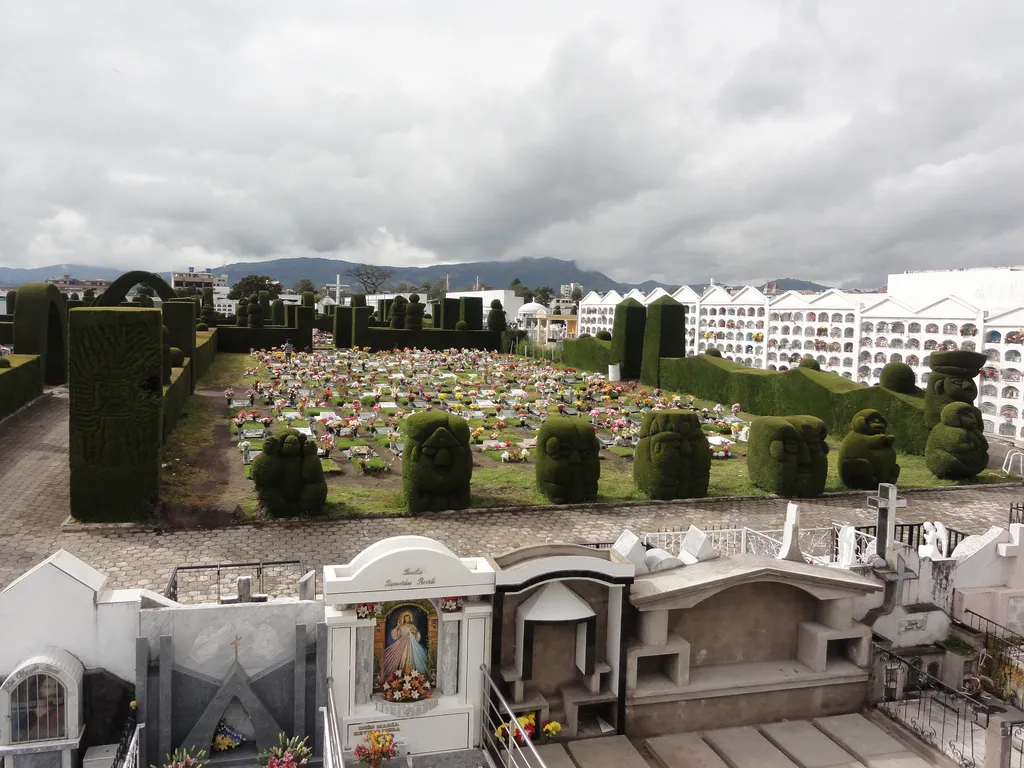
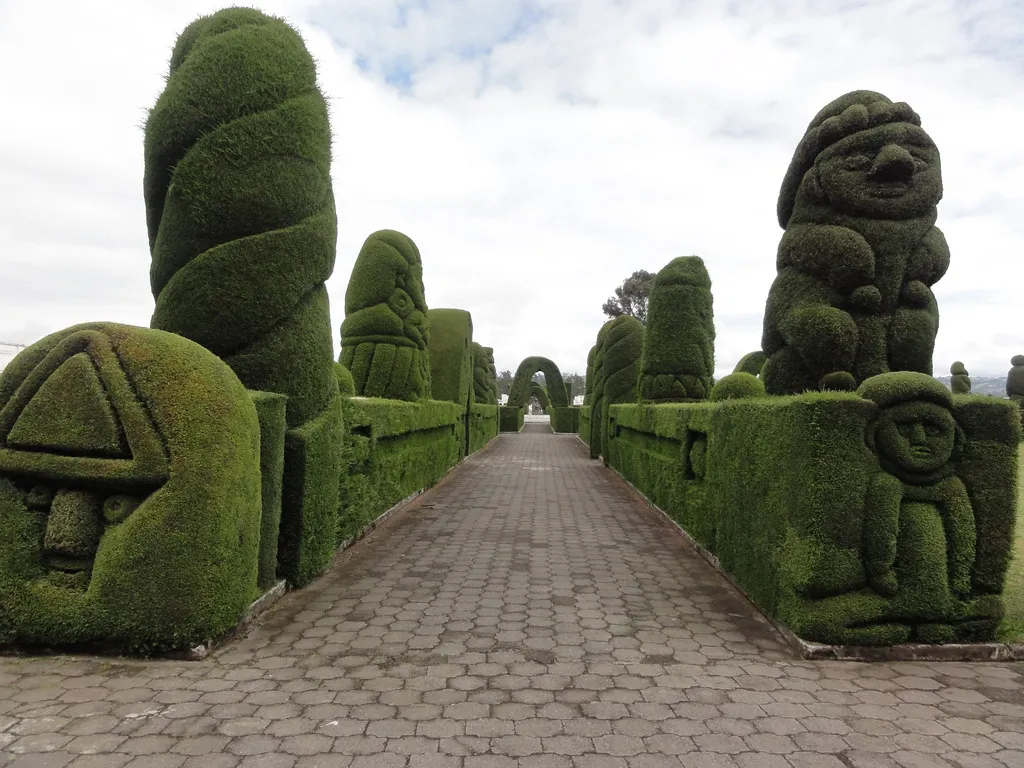
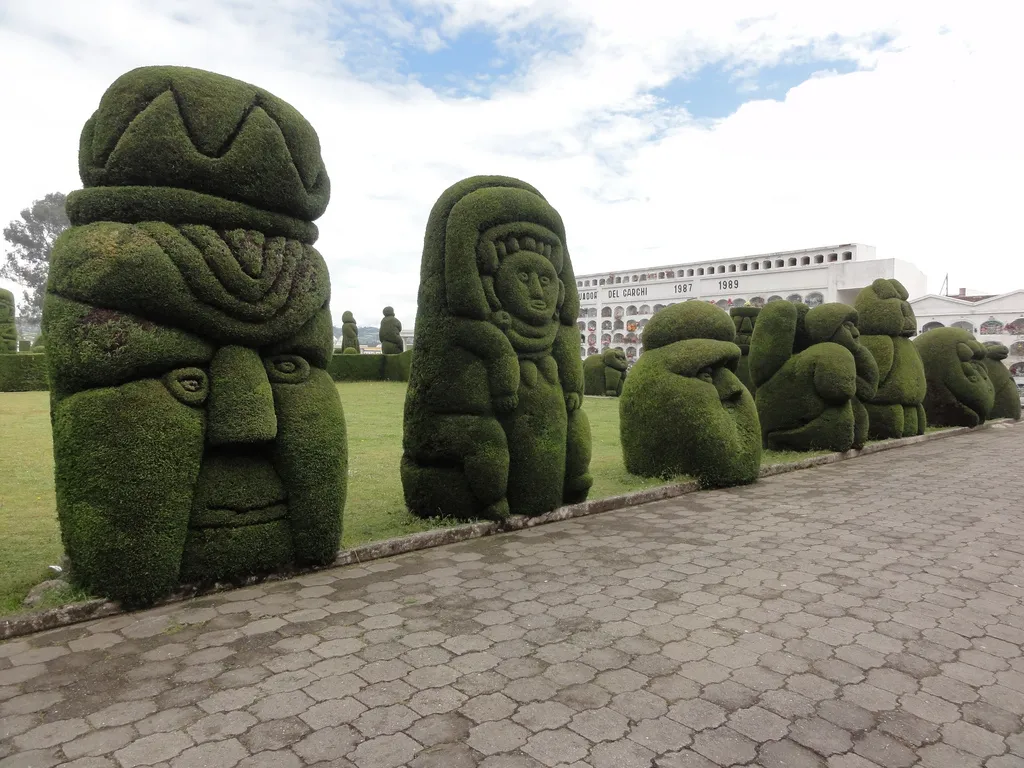
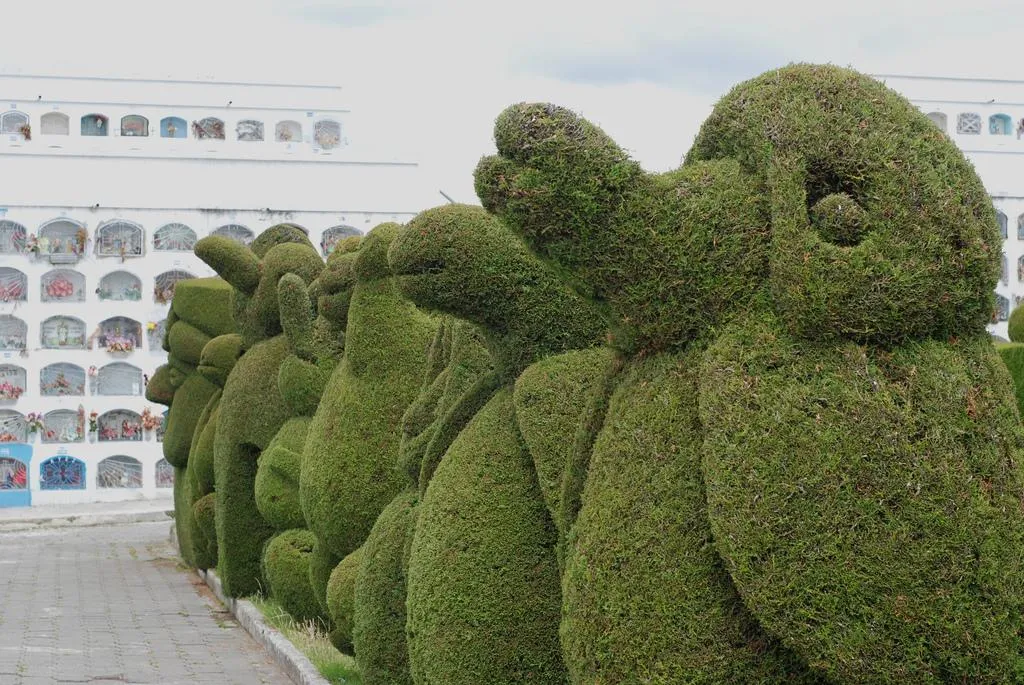
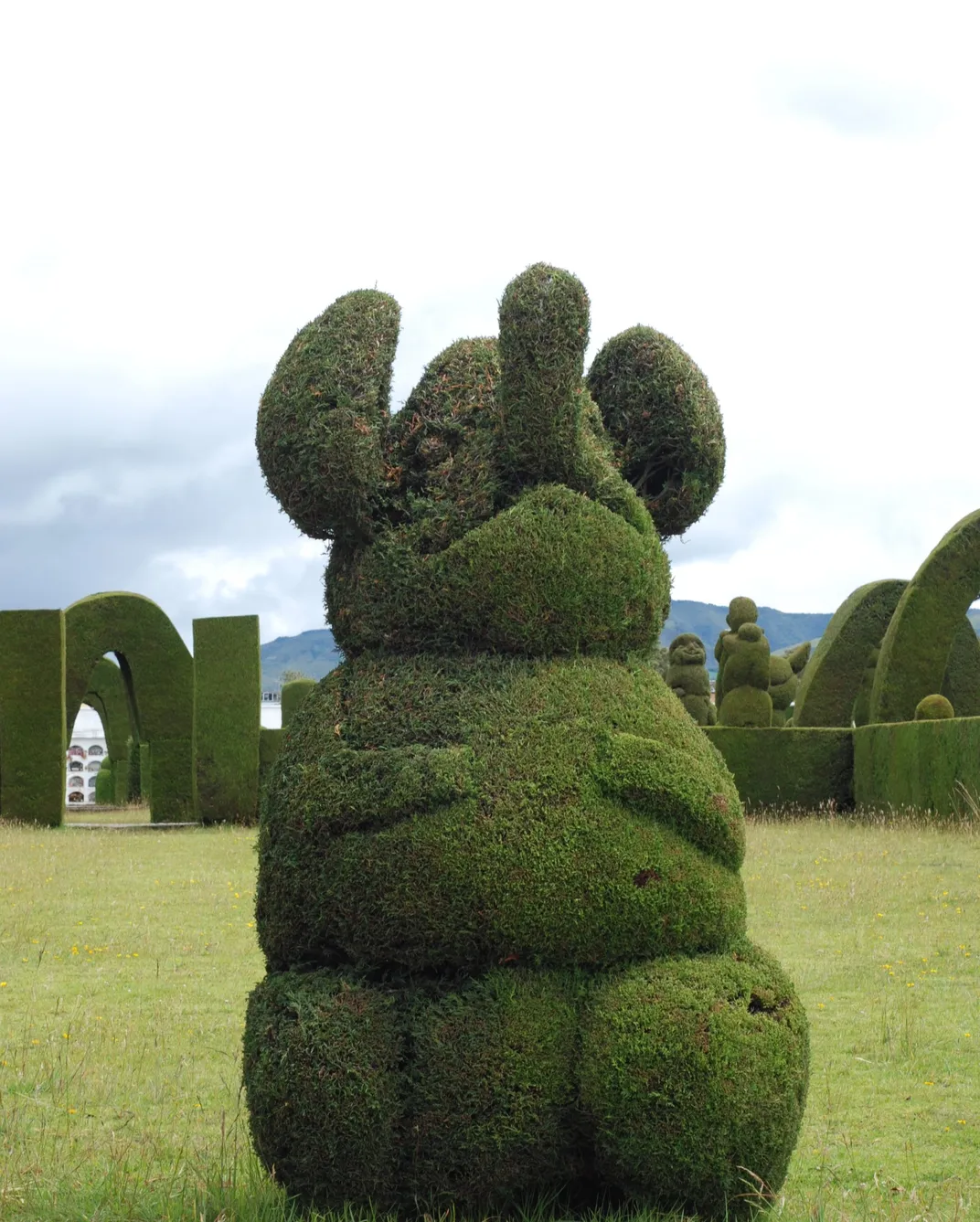
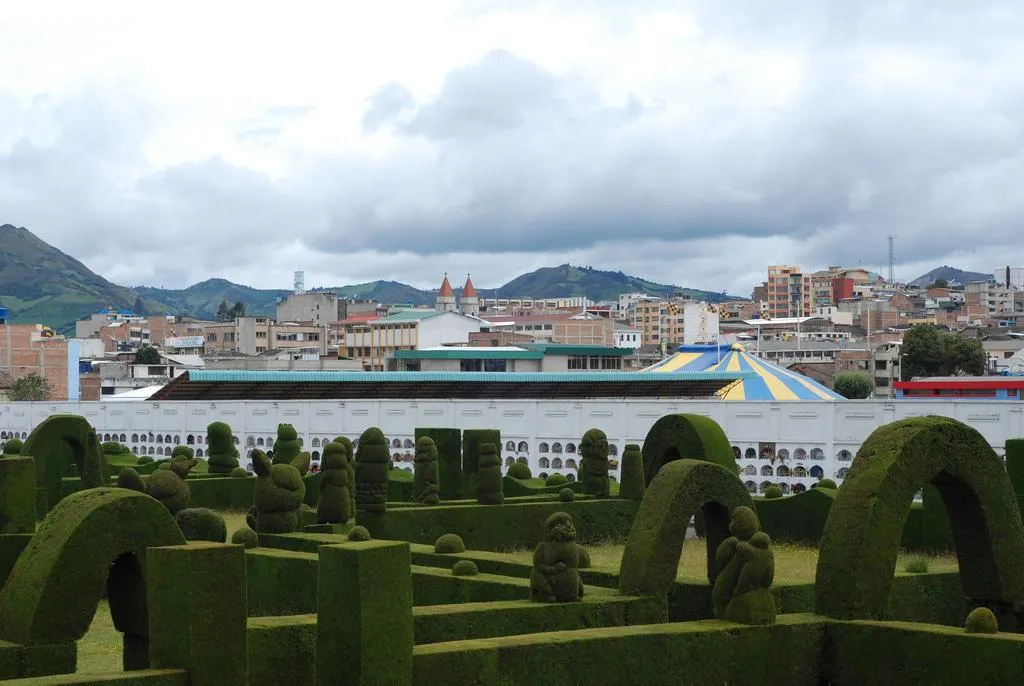
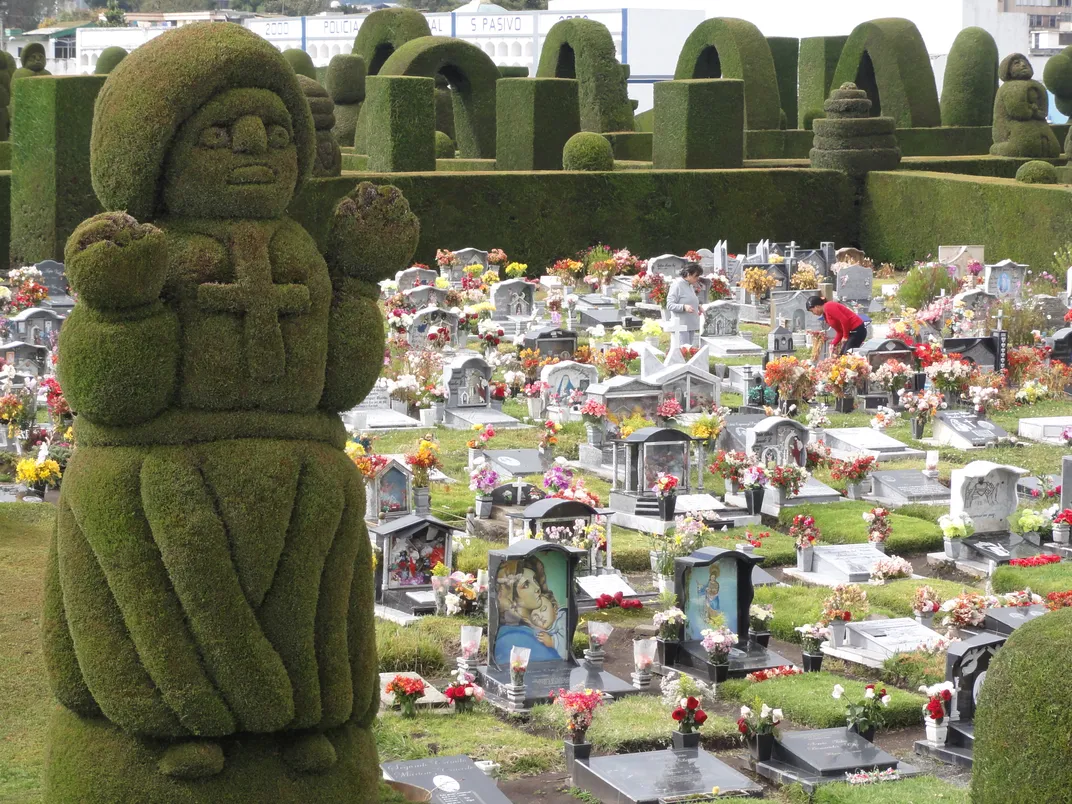

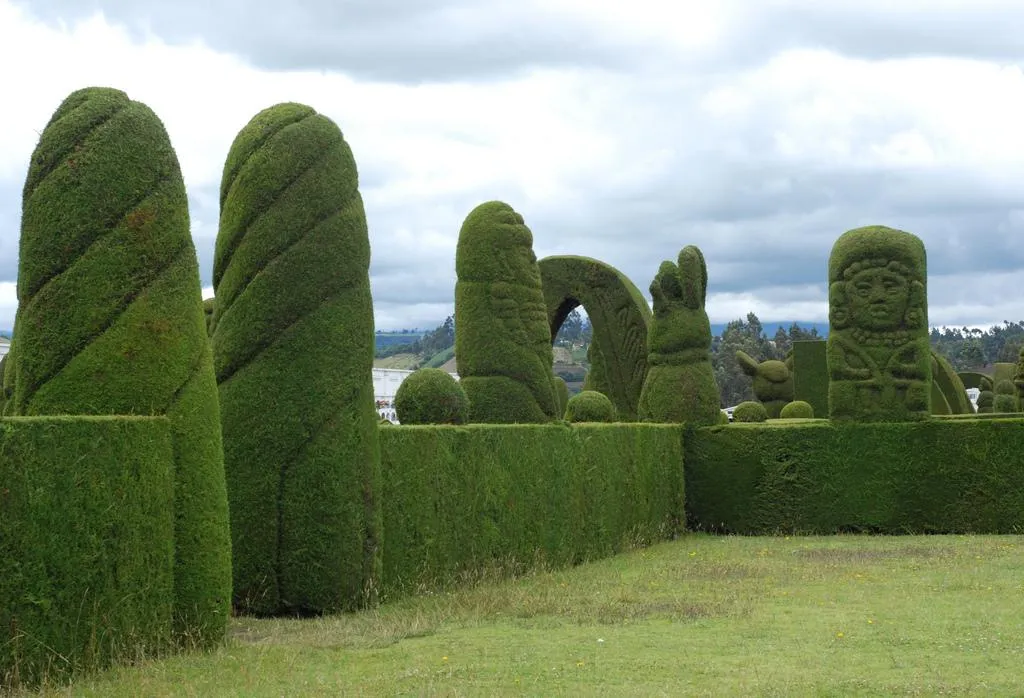
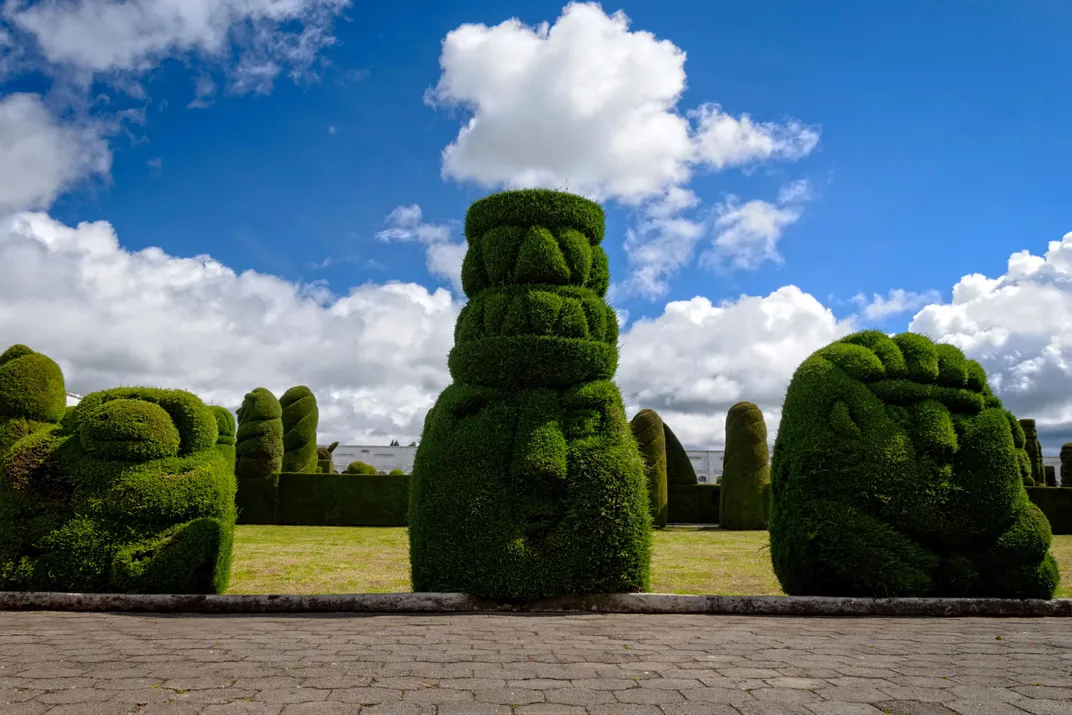
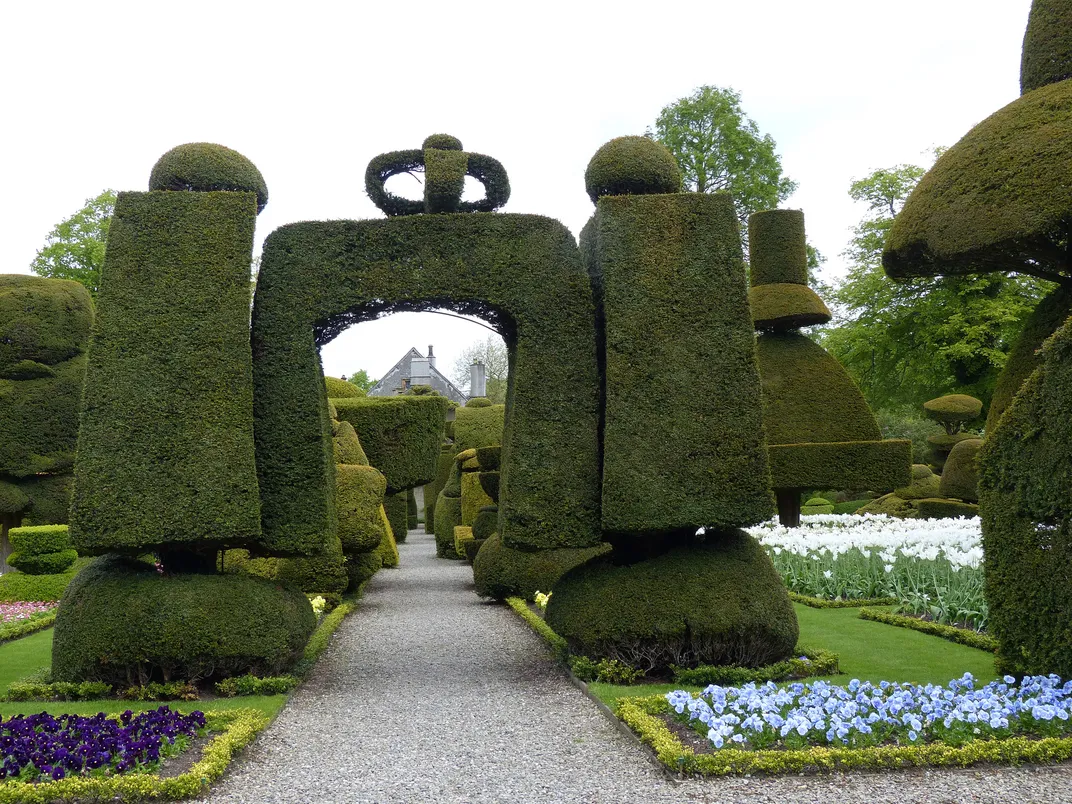
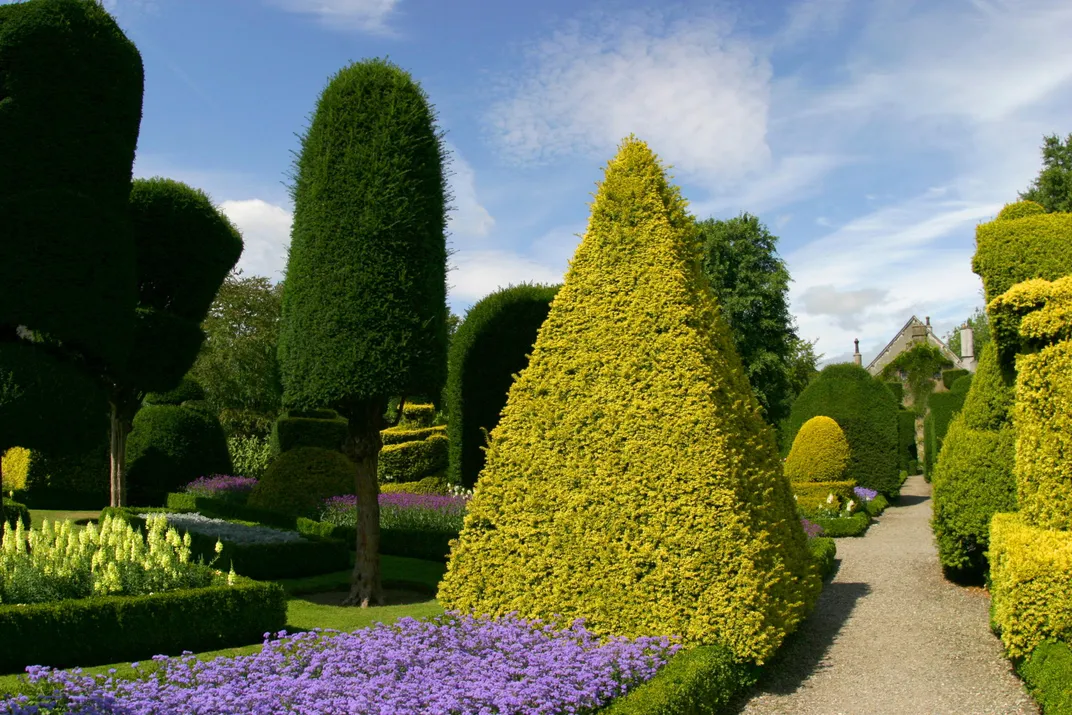
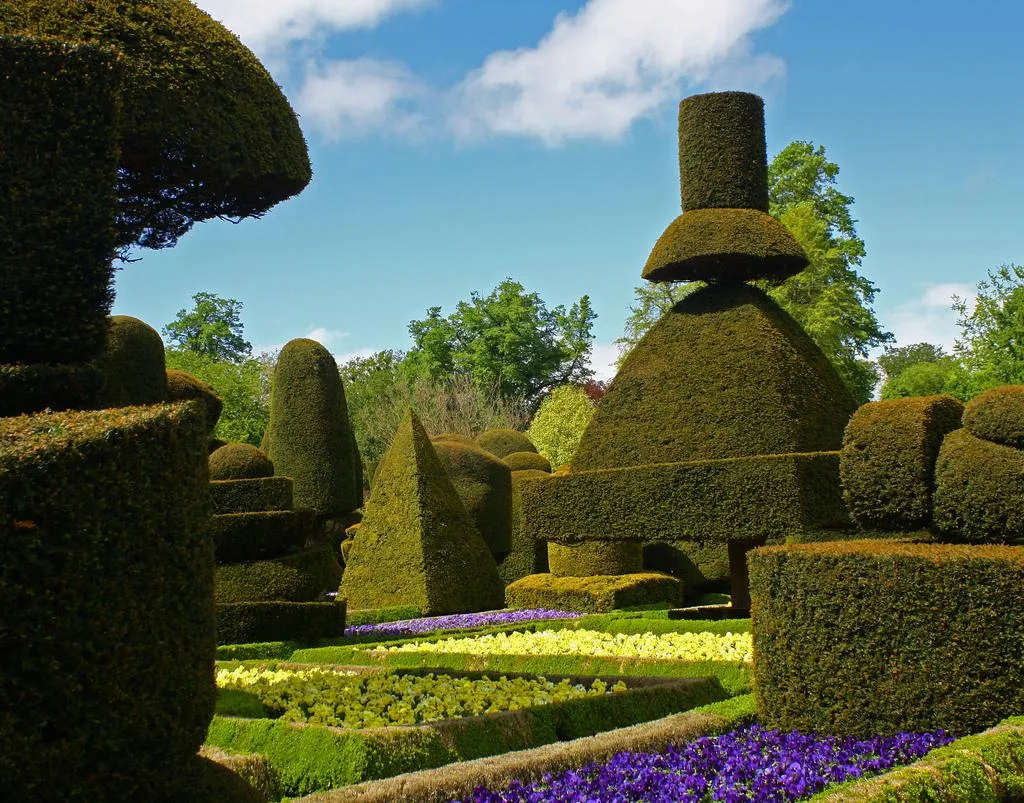
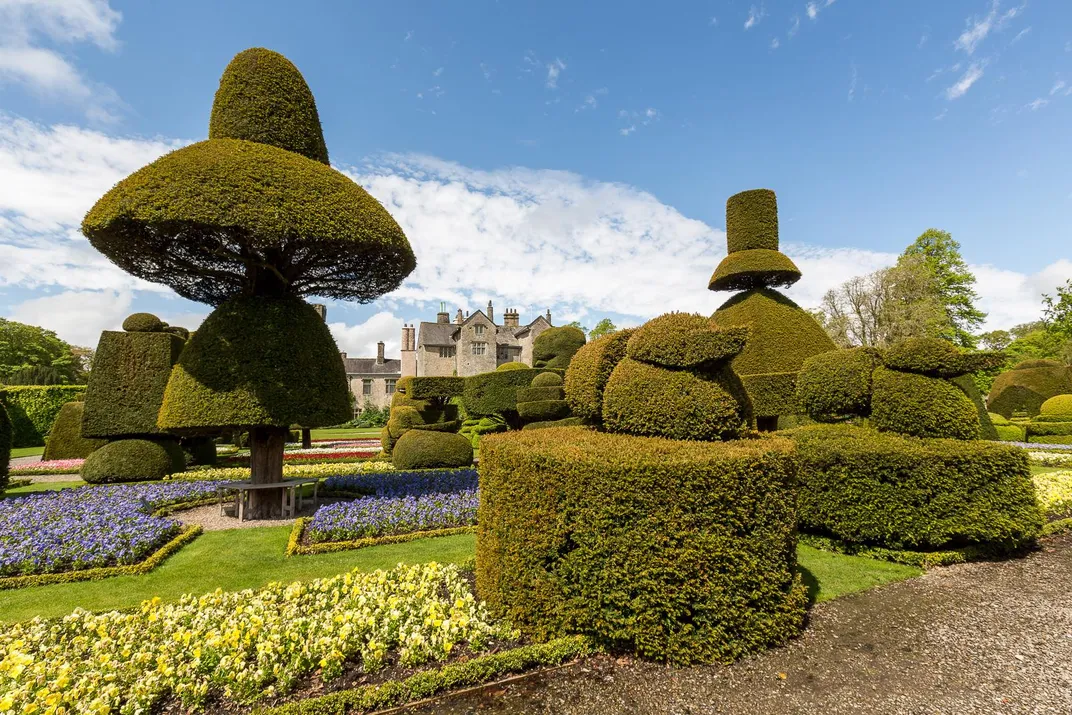
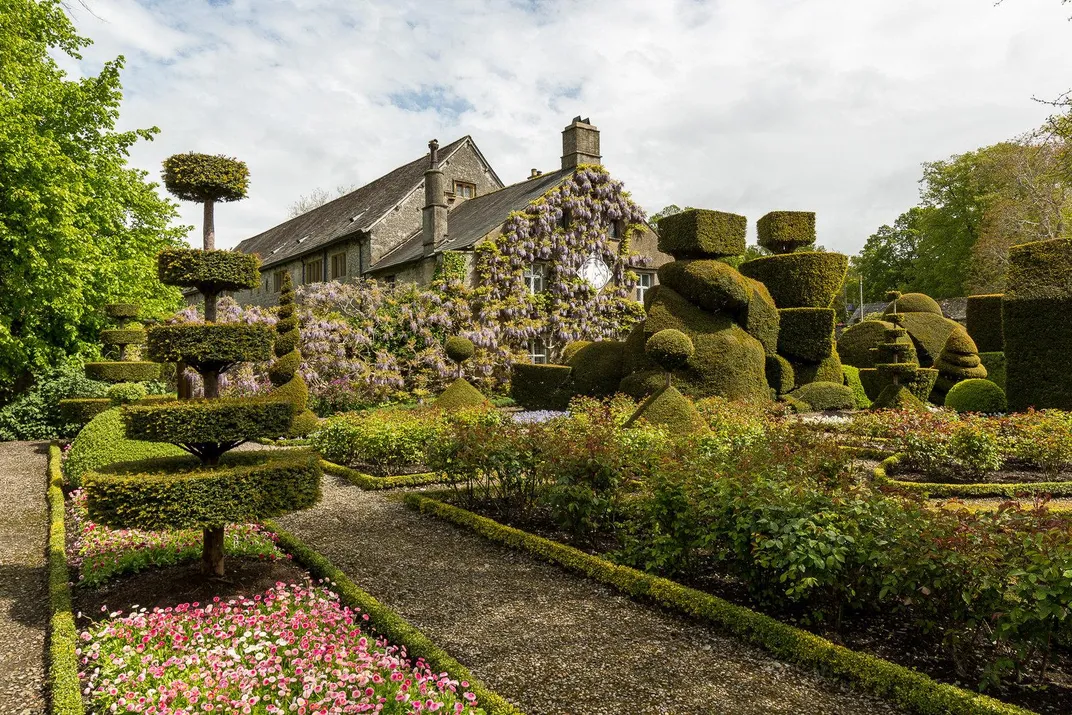
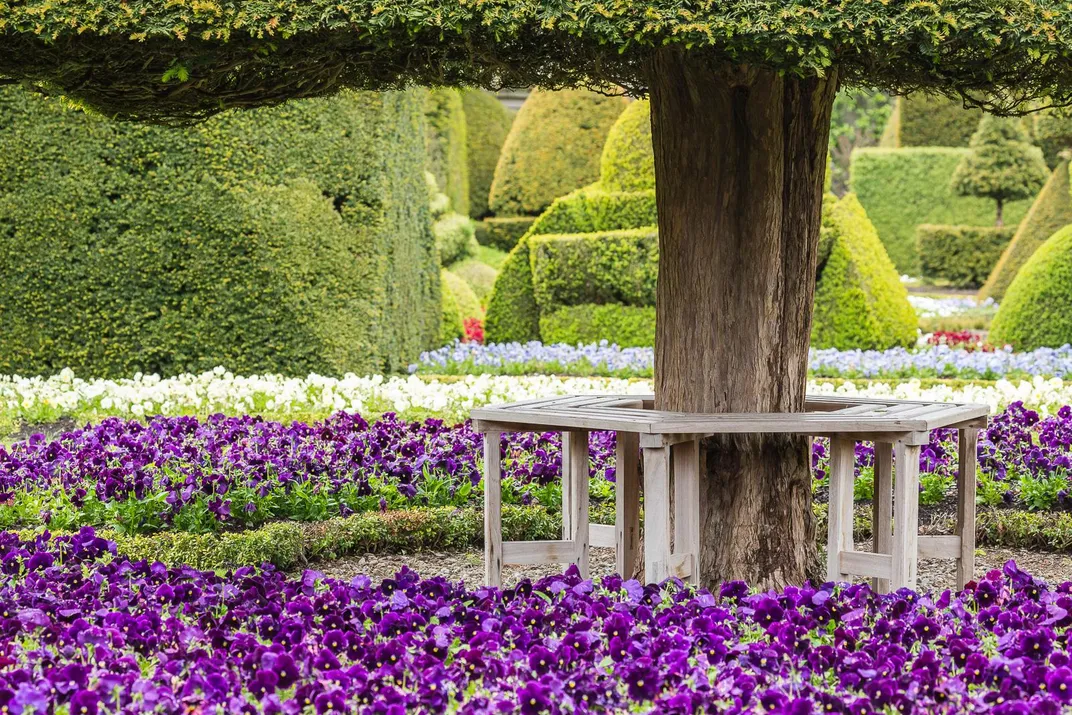
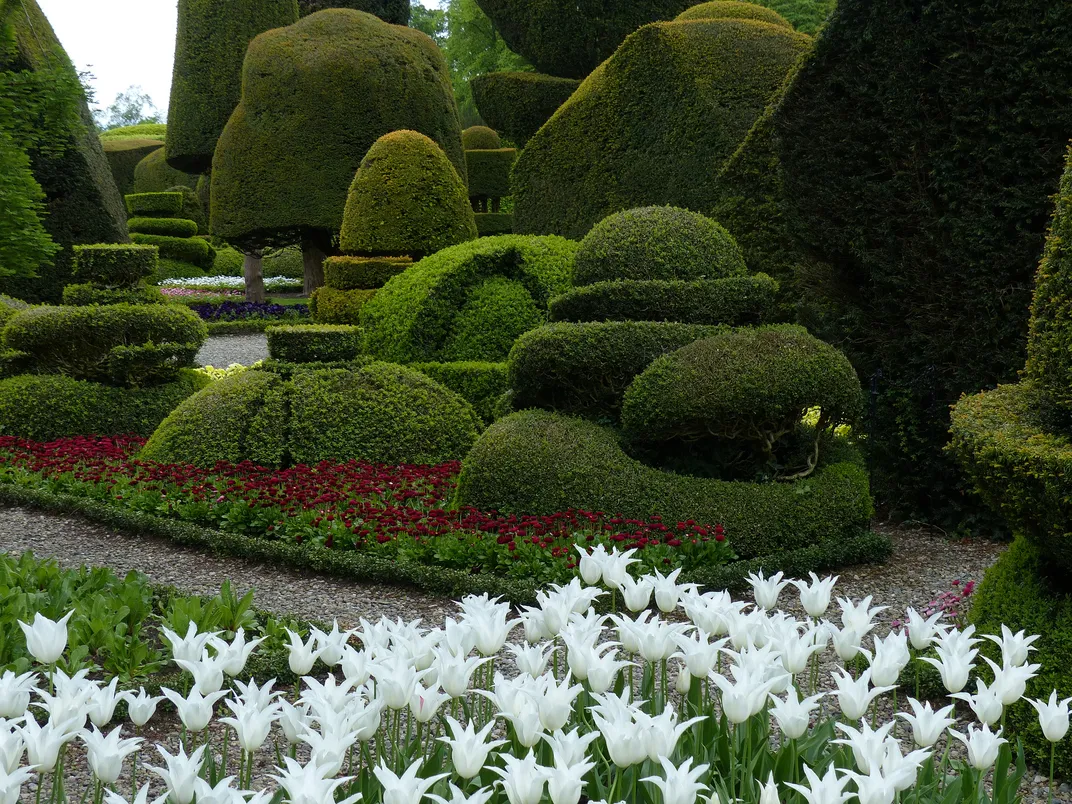
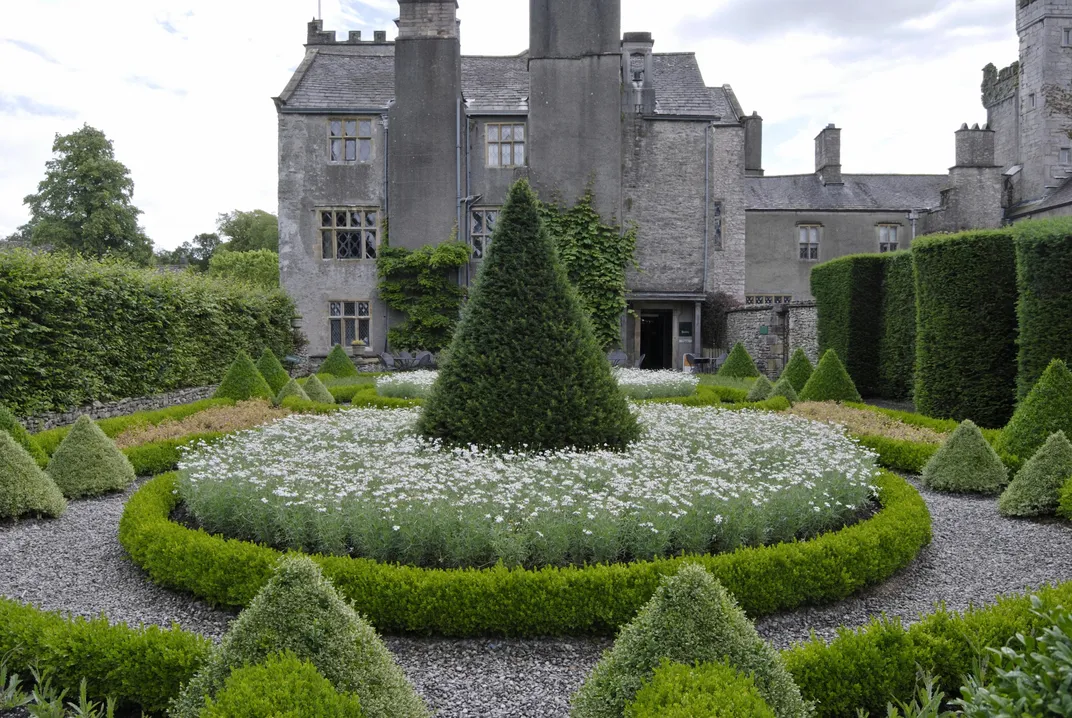
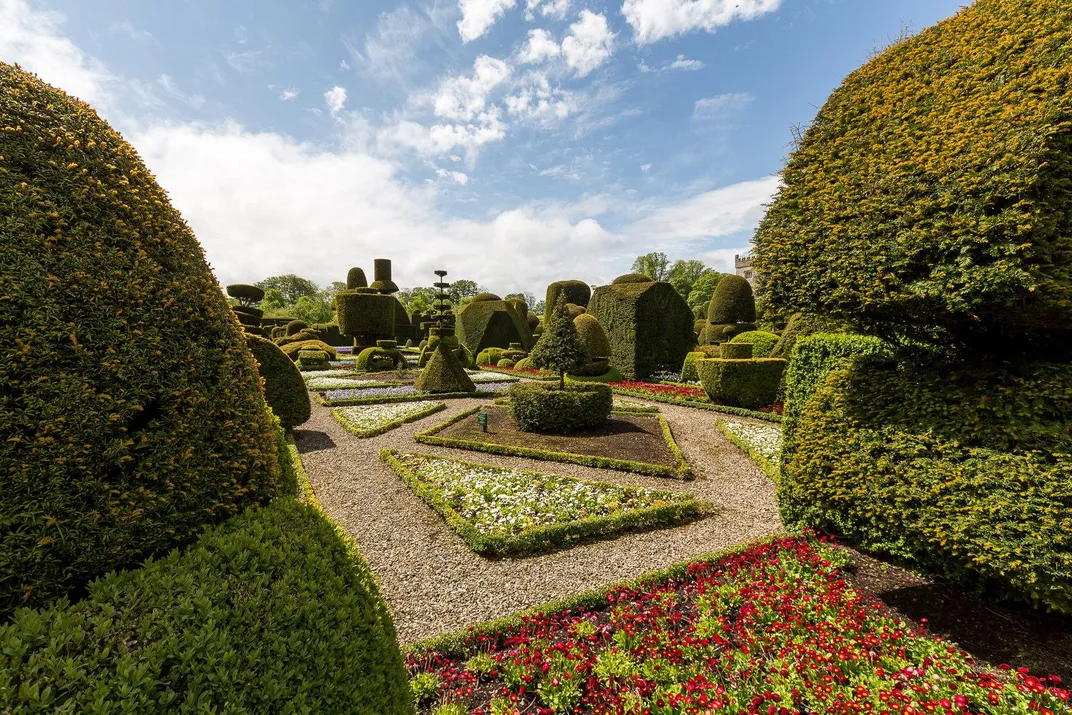
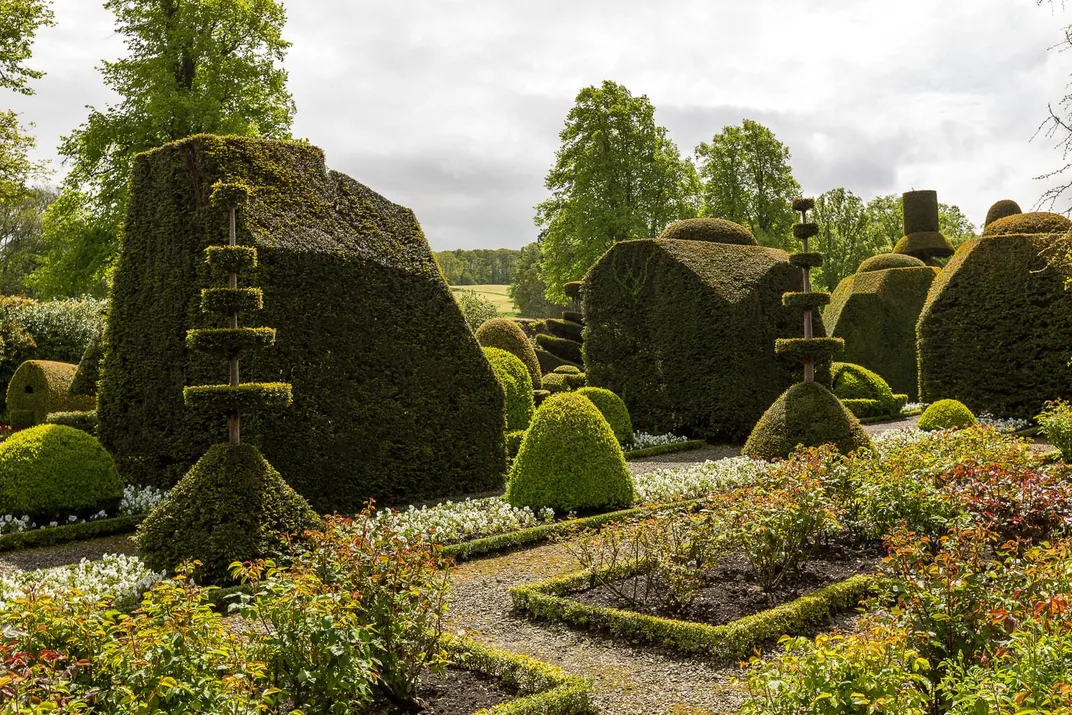
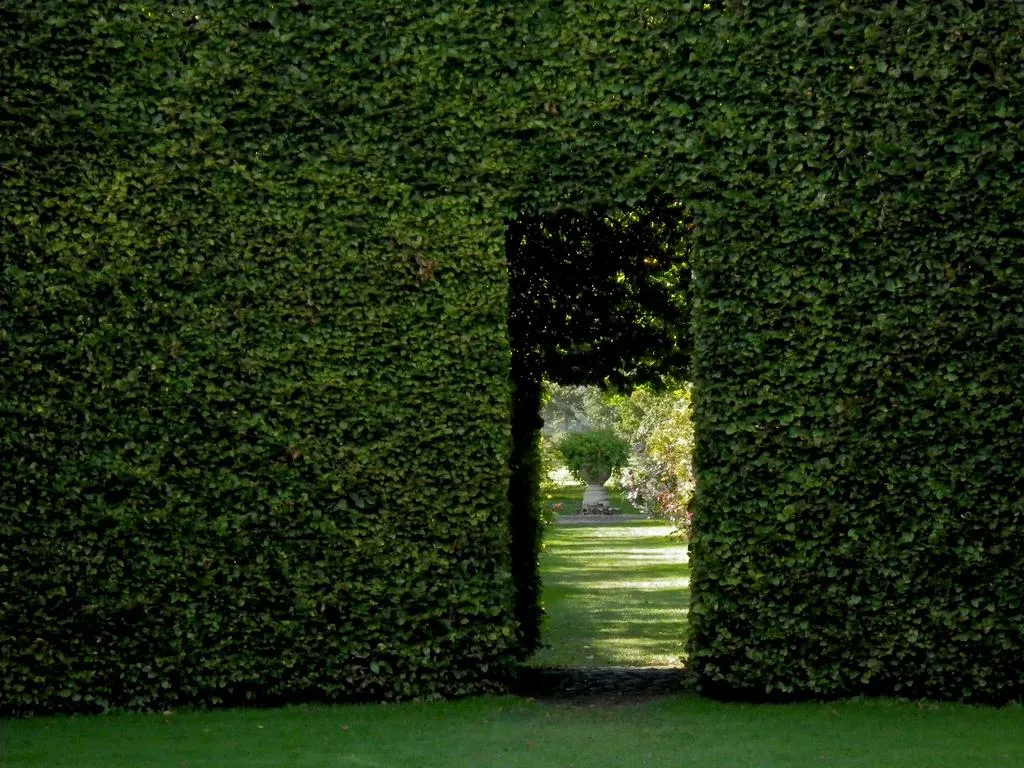

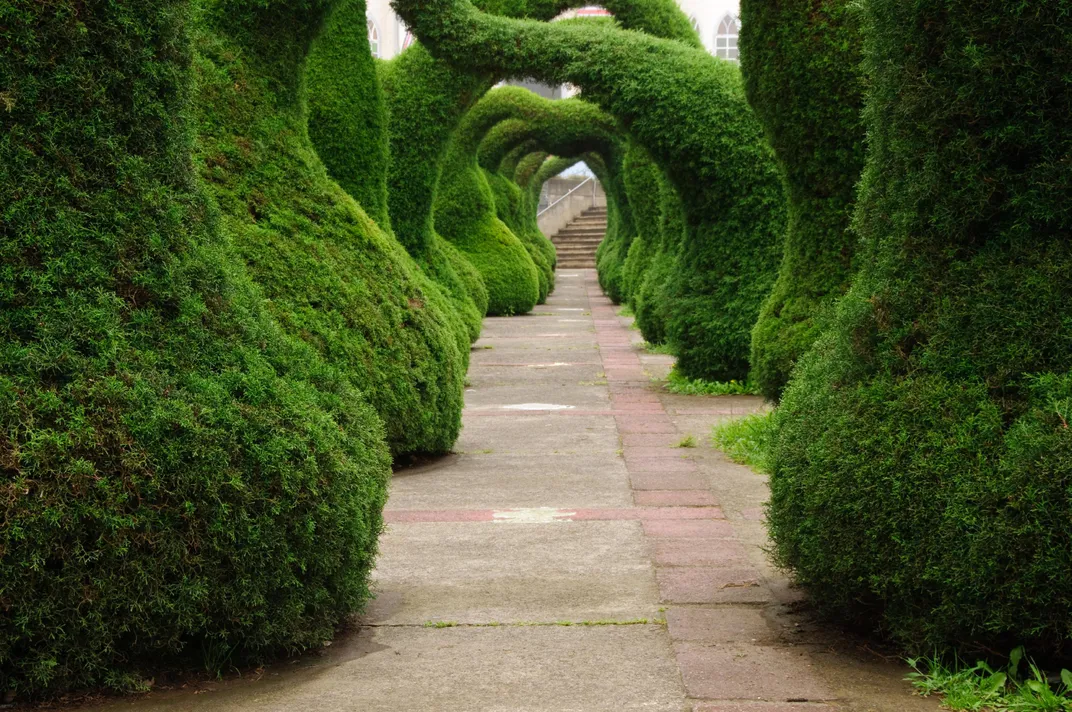
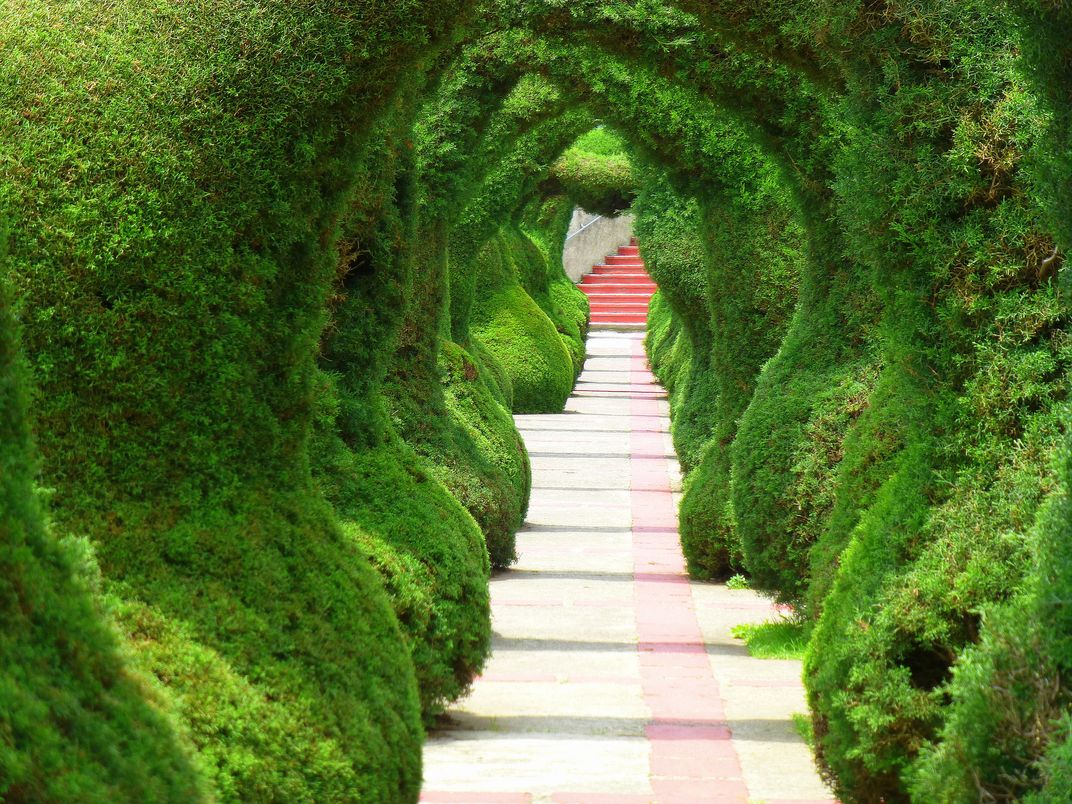
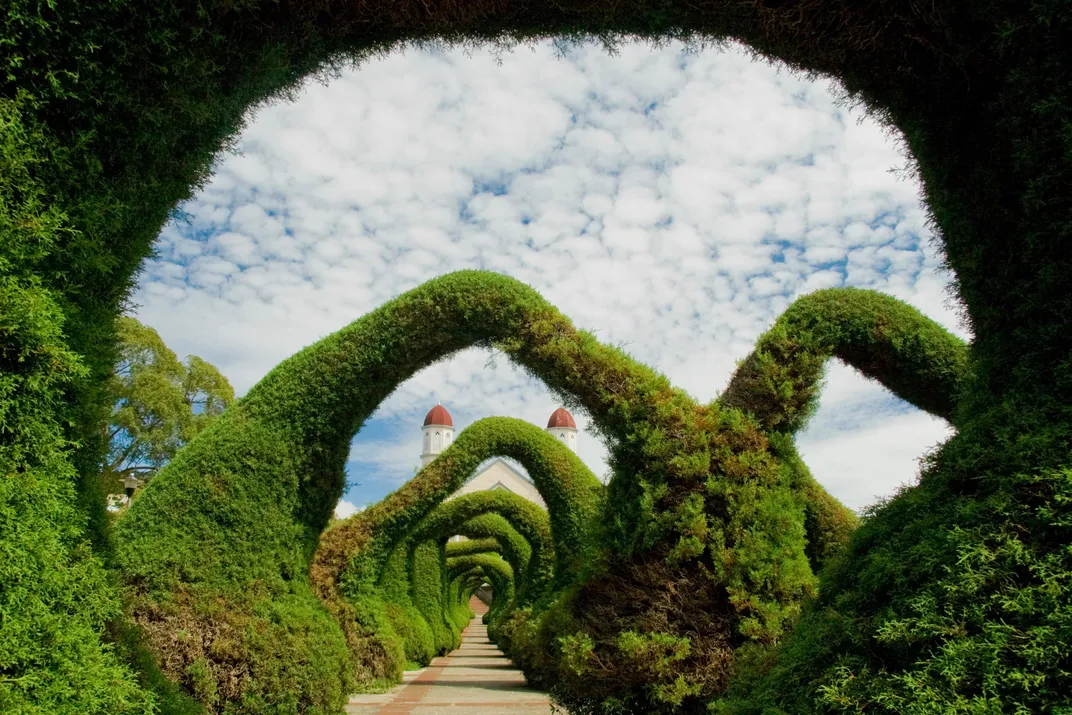
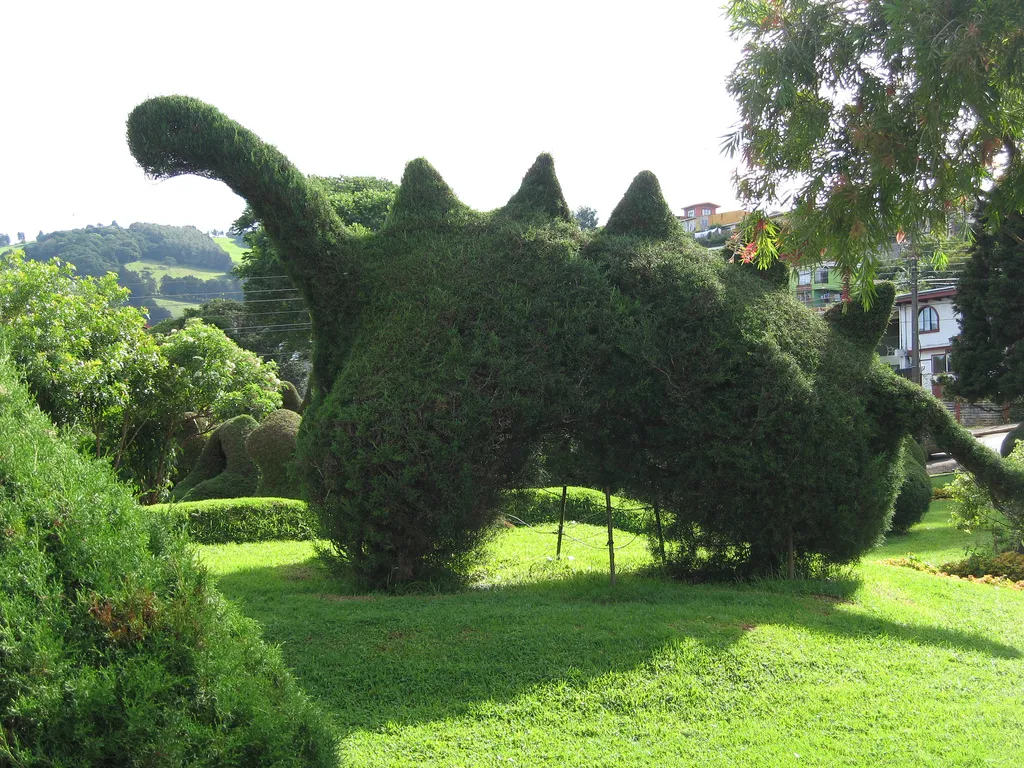
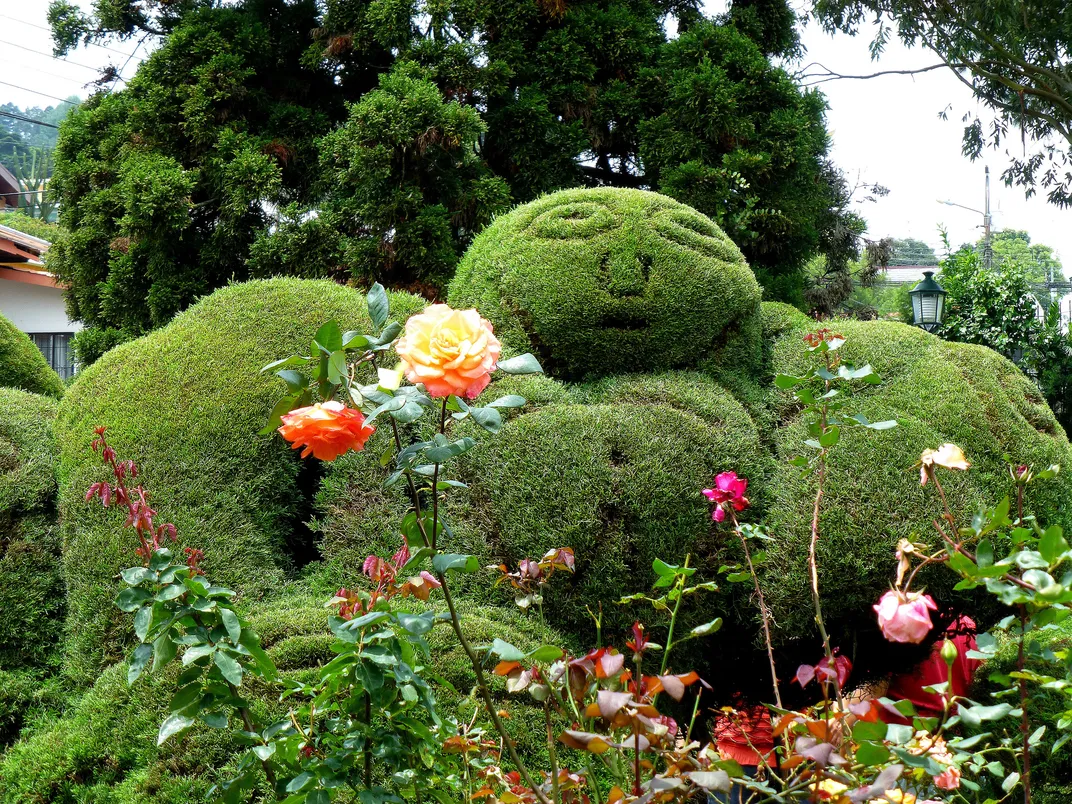
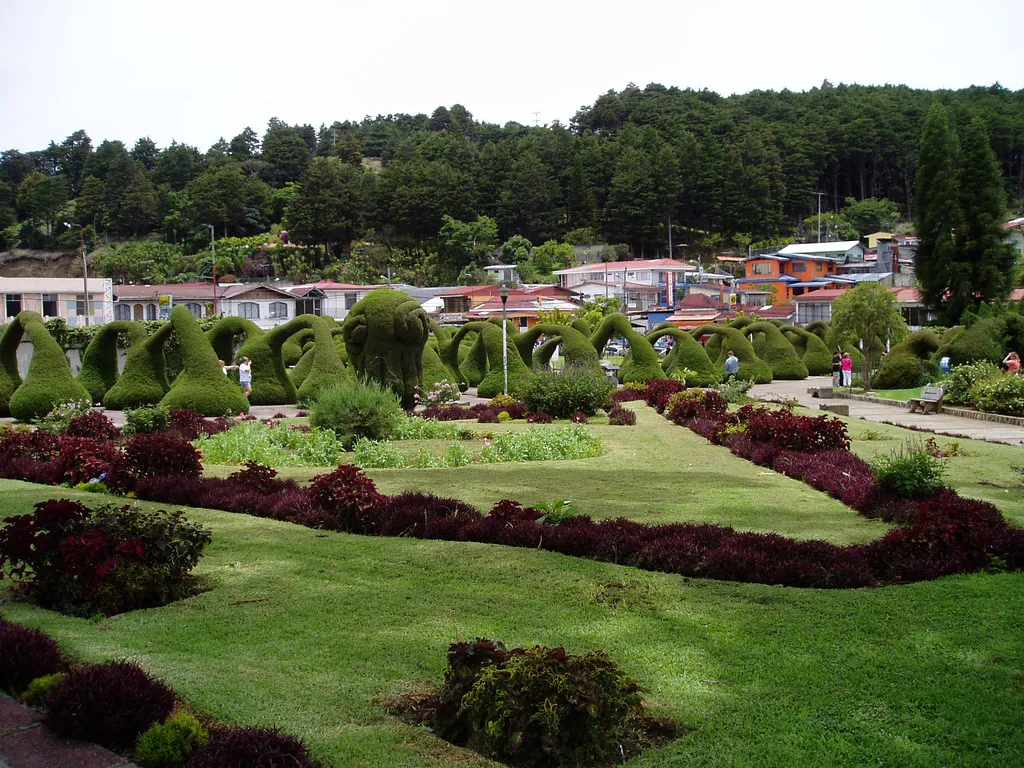

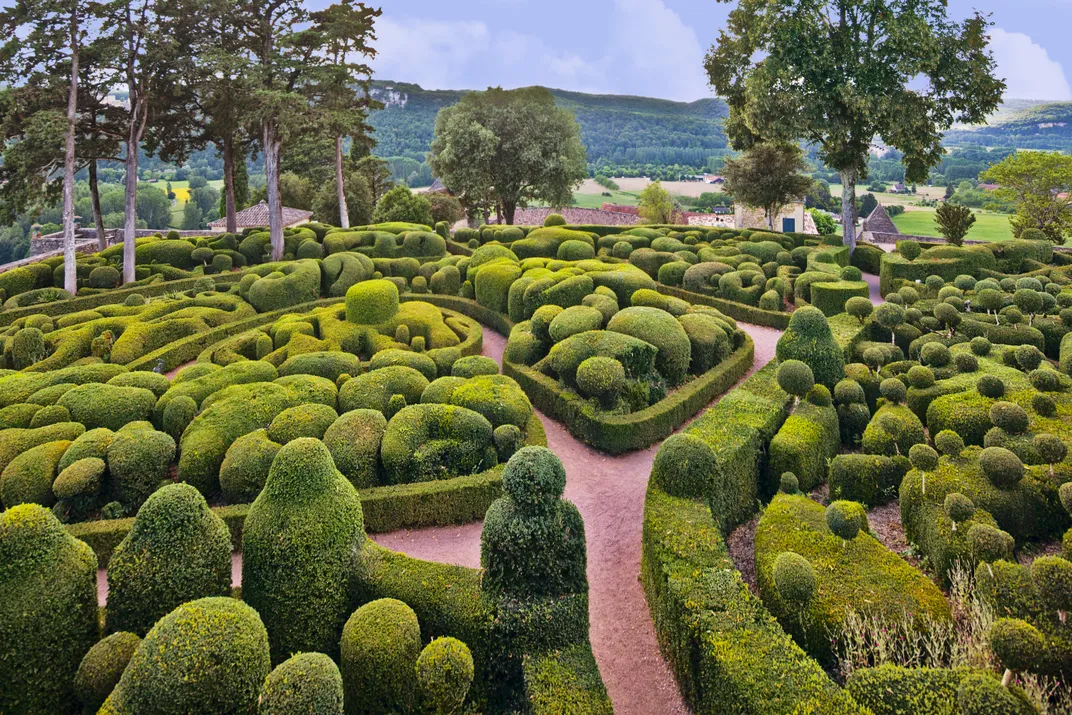
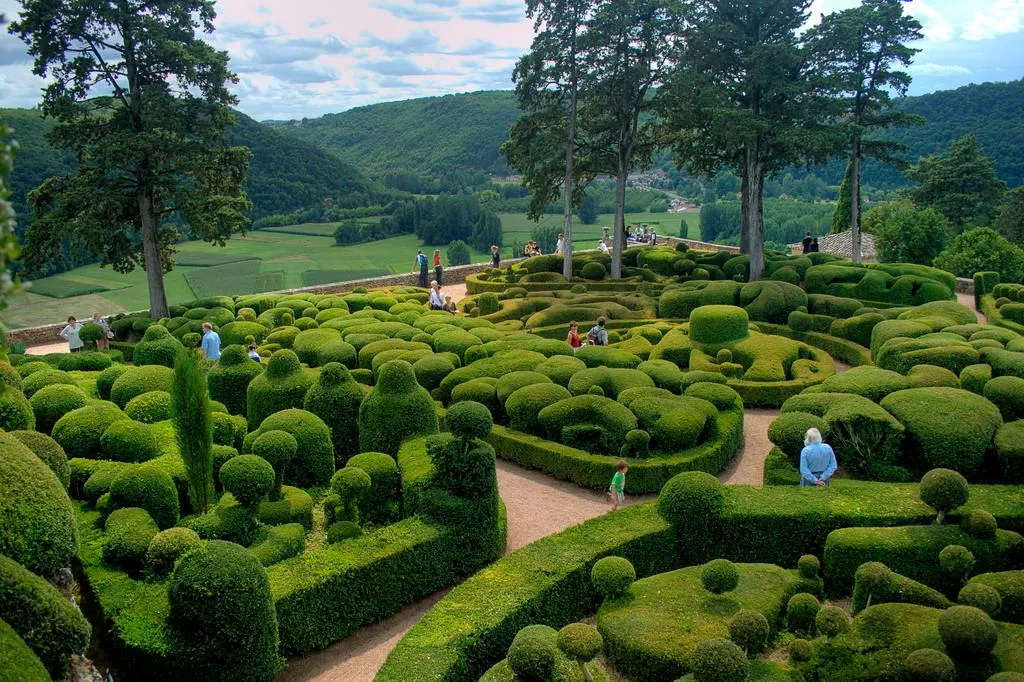
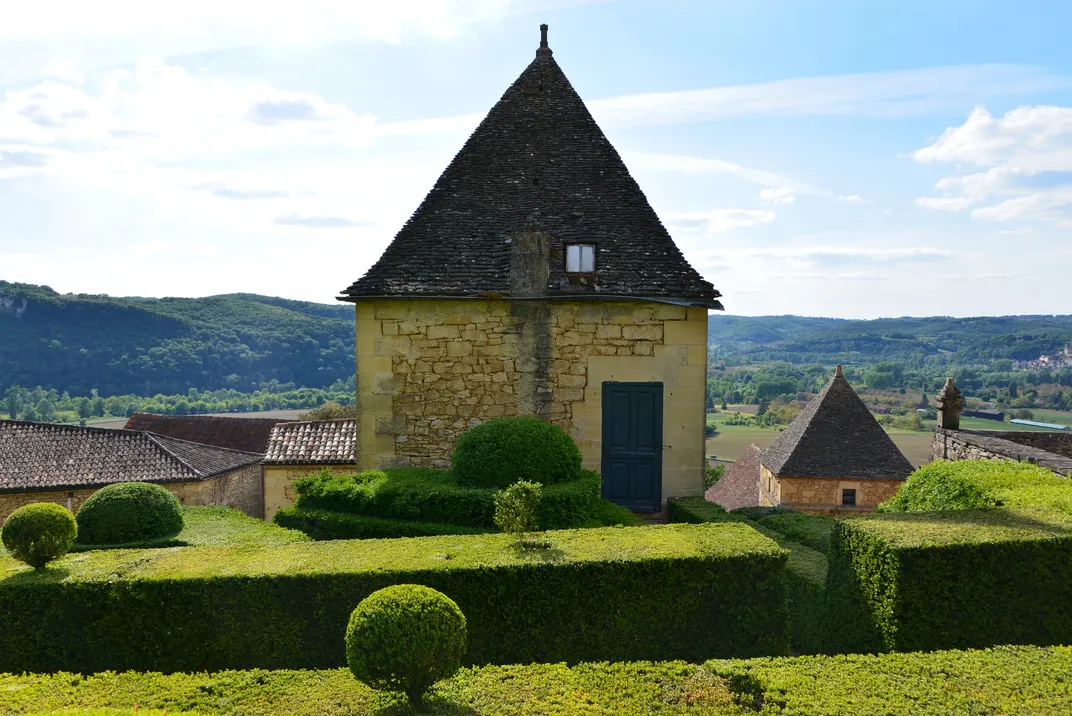
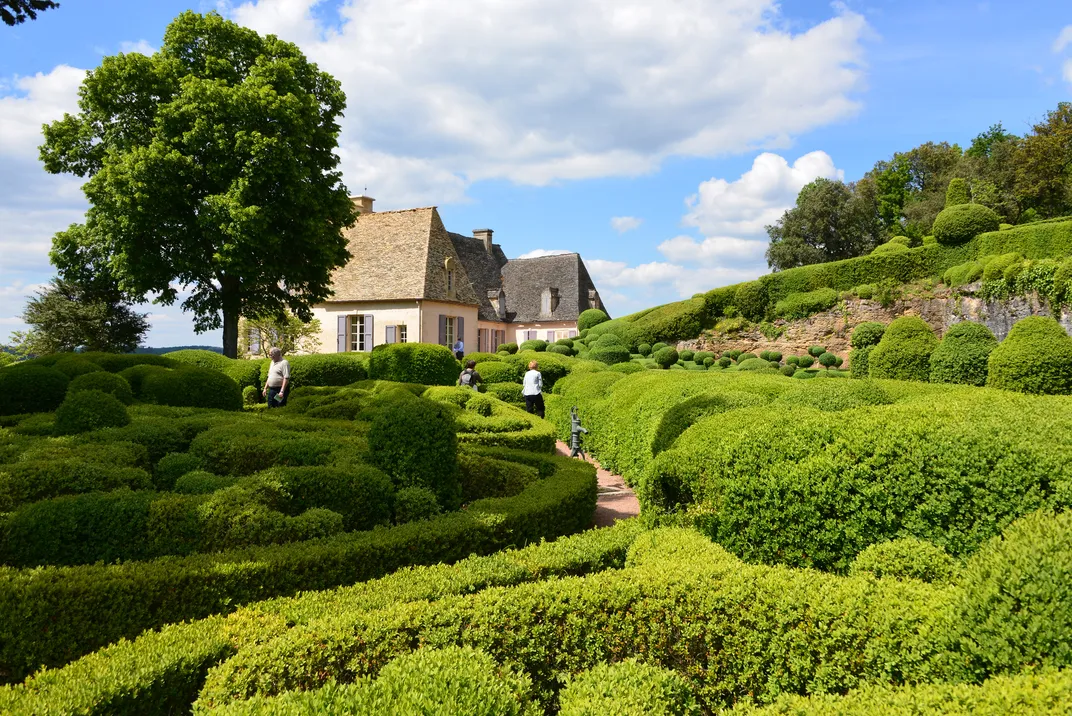
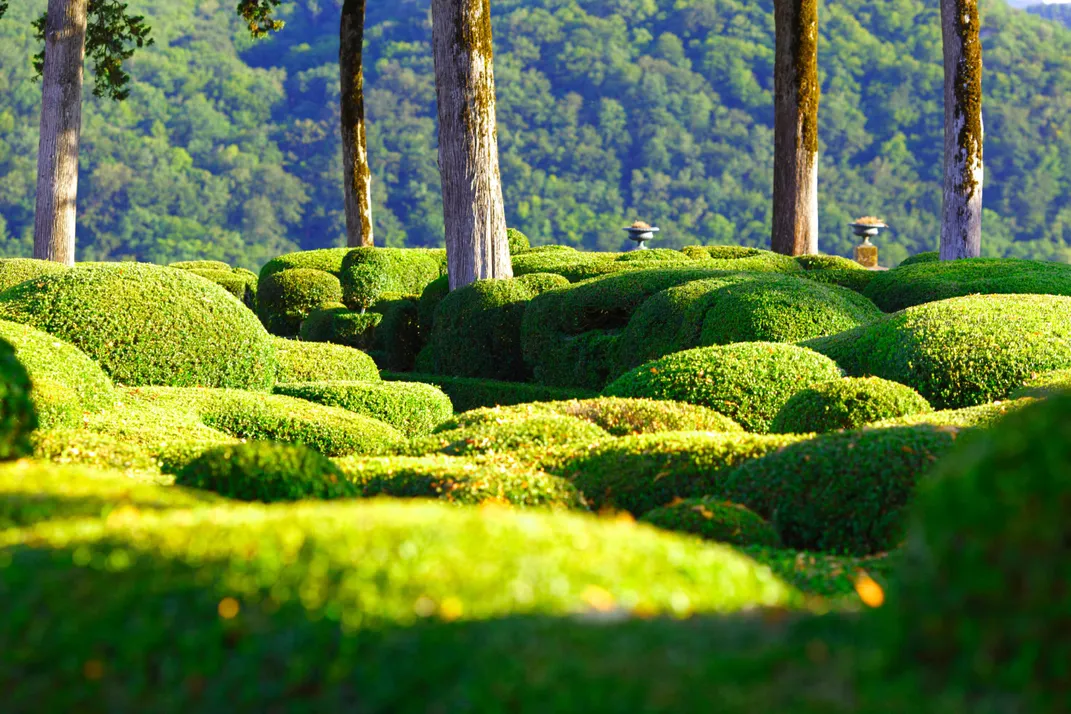
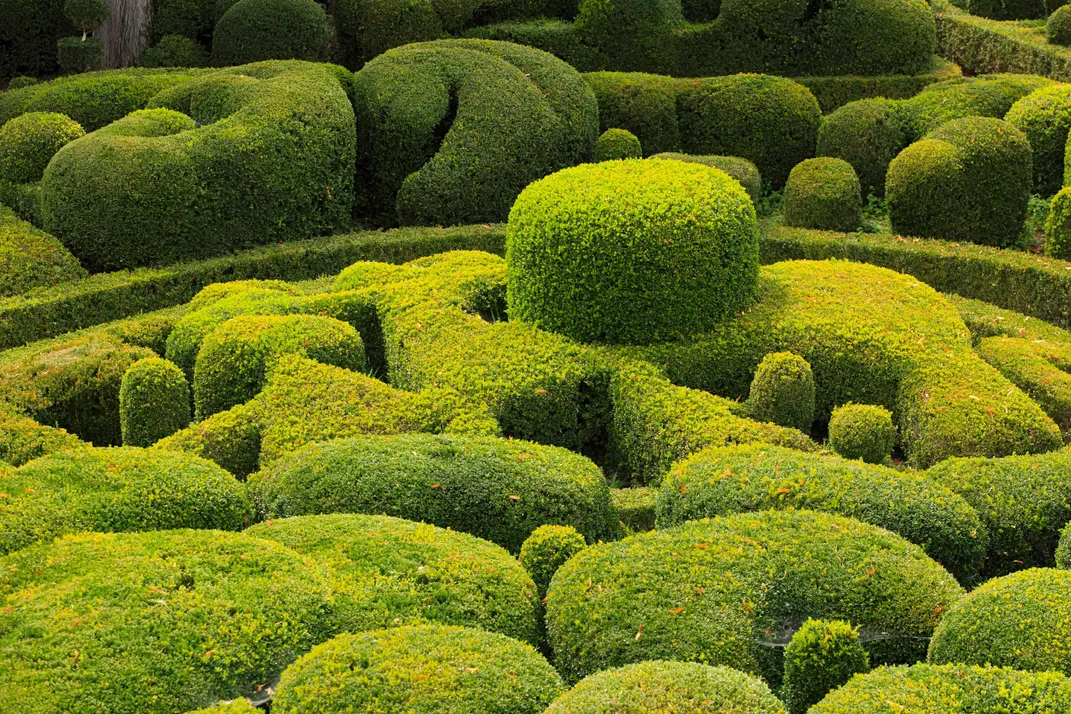
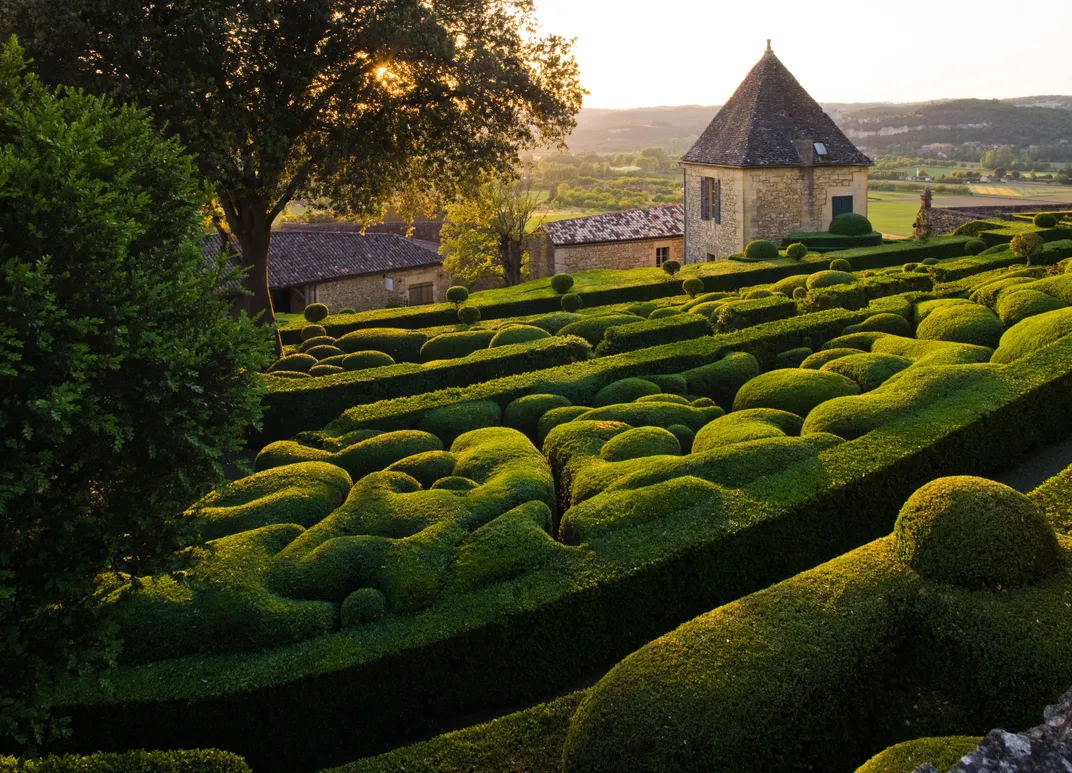
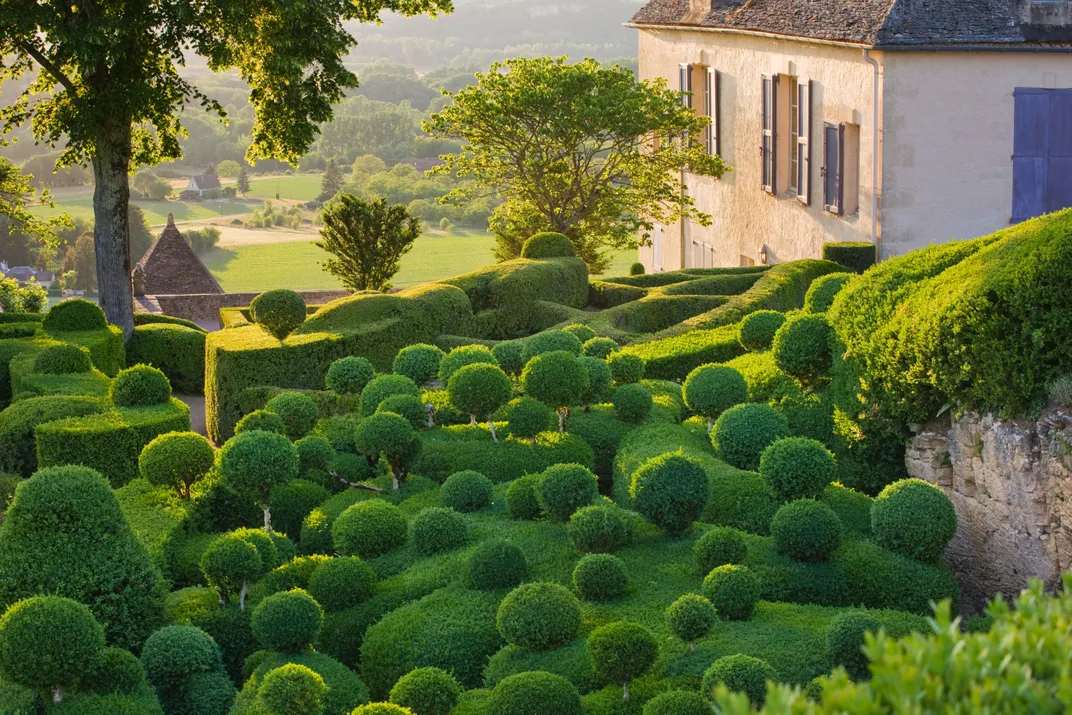
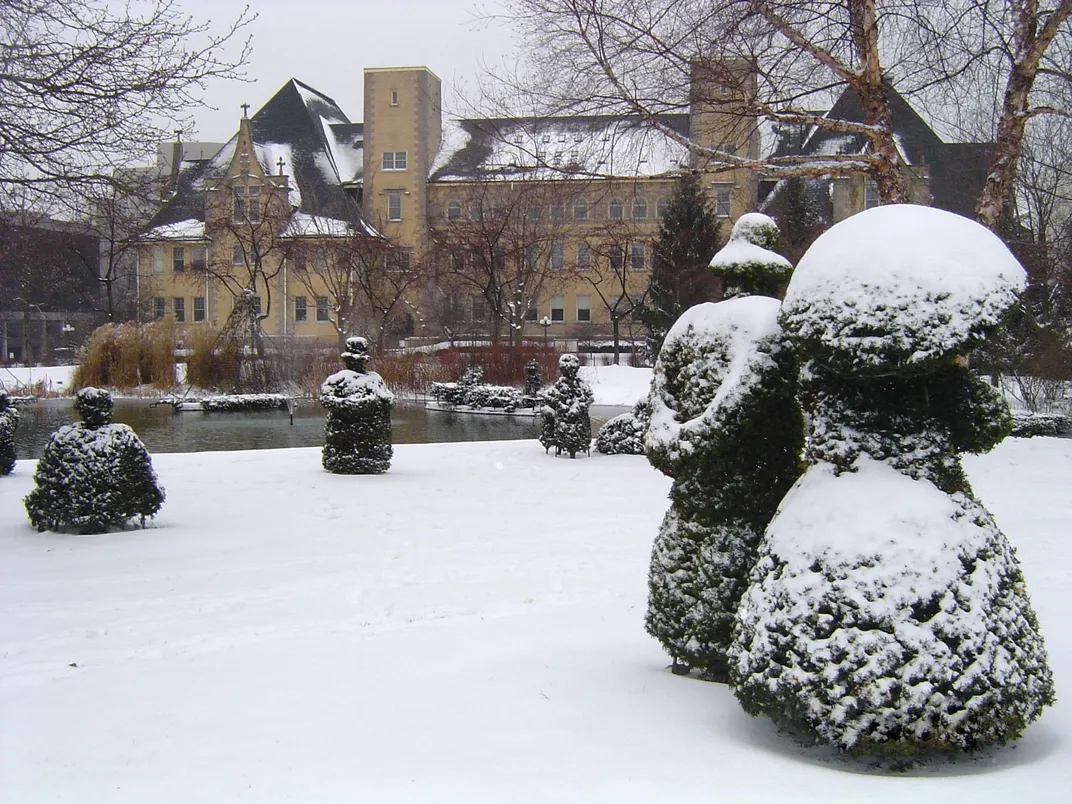
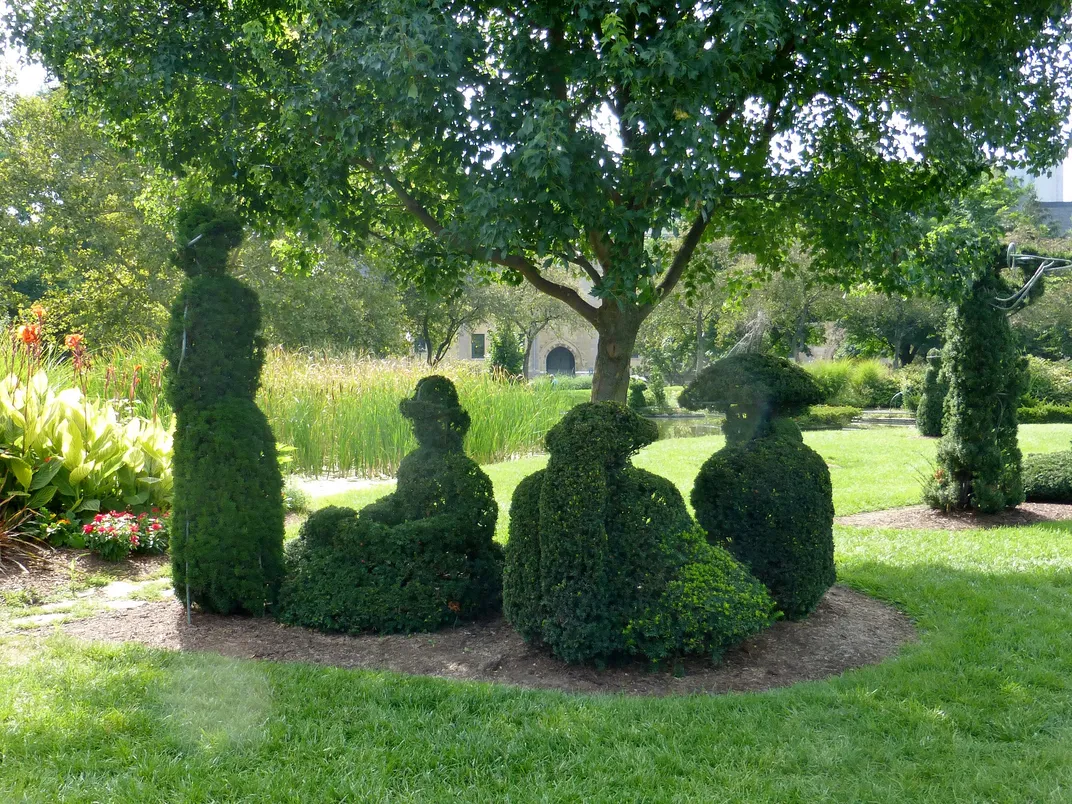
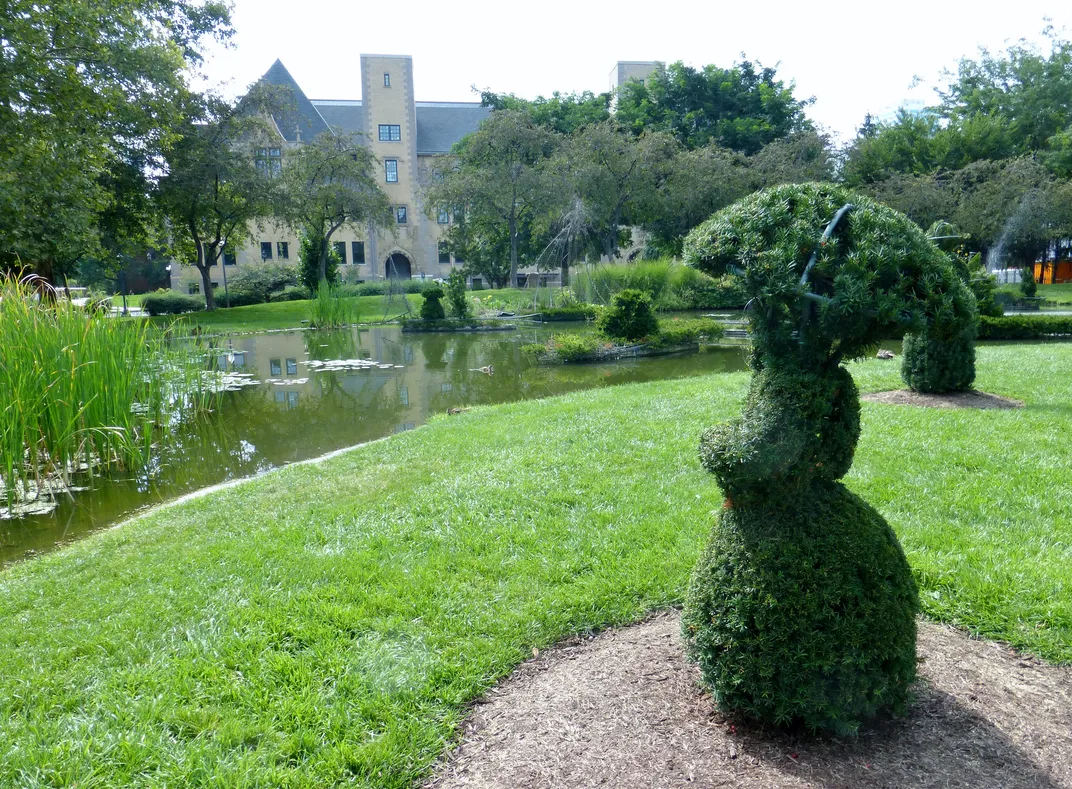
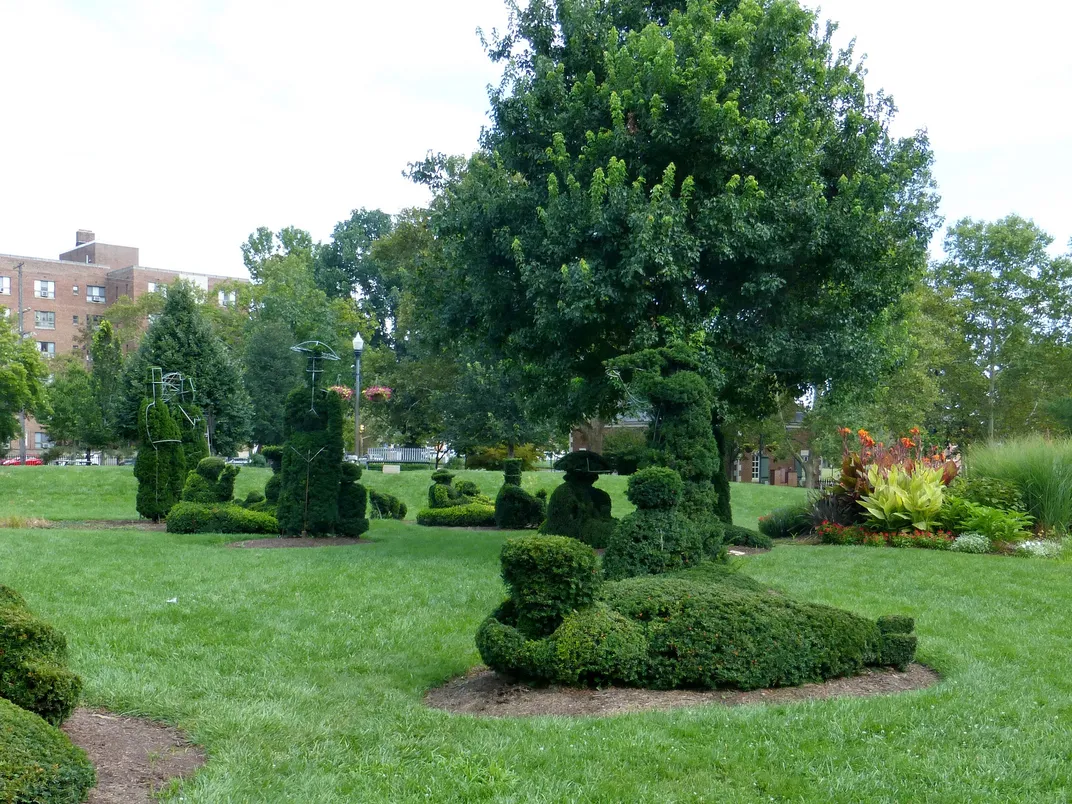
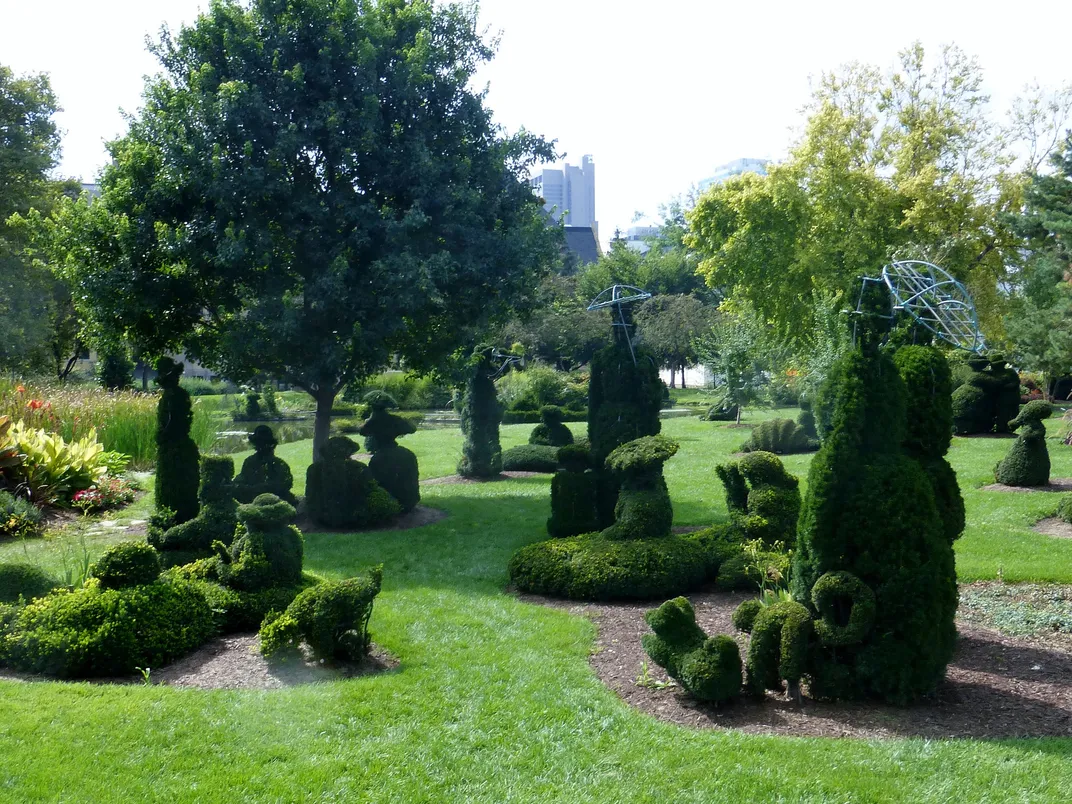
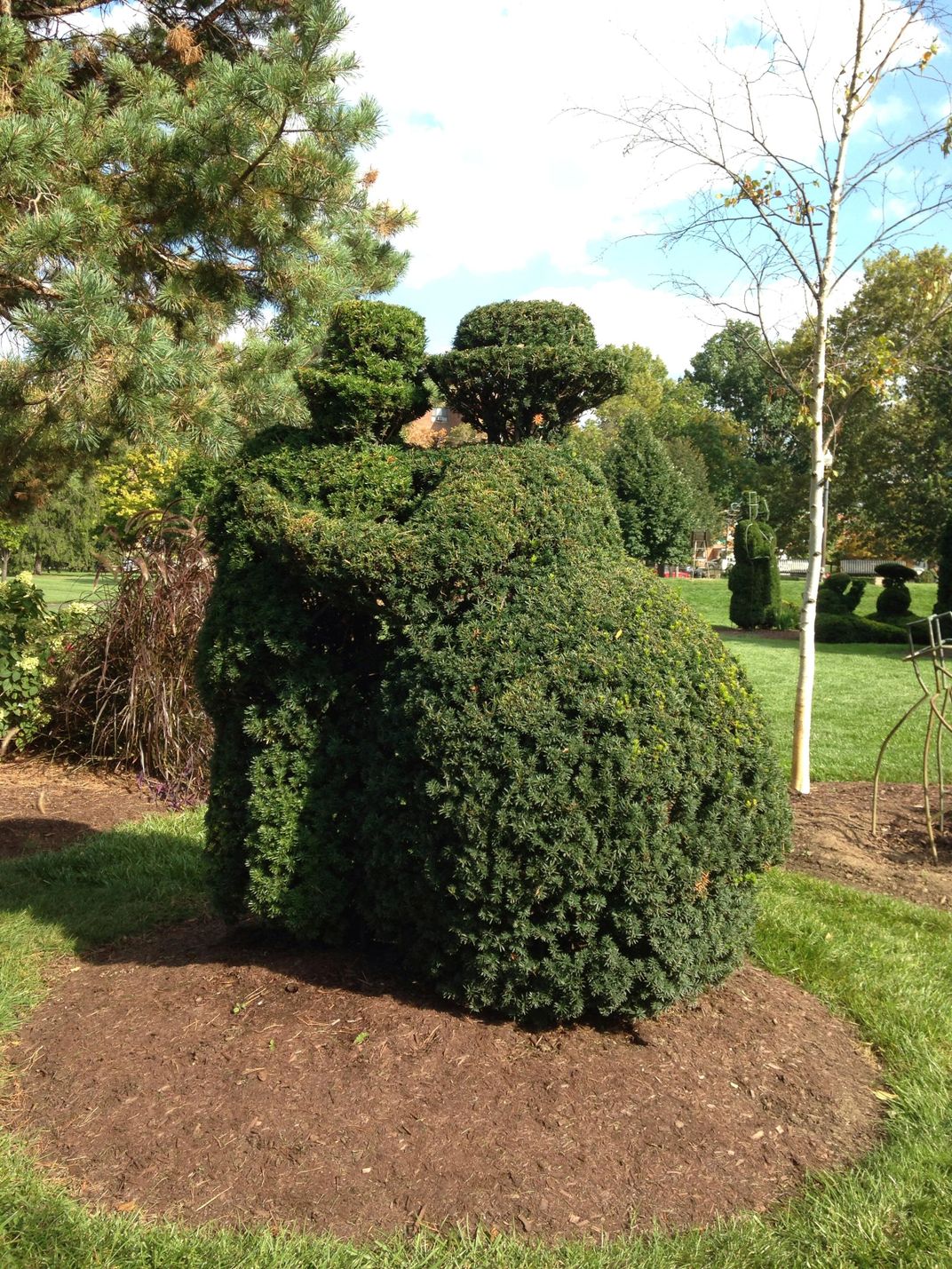
/https://tf-cmsv2-smithsonianmag-media.s3.amazonaws.com/accounts/headshot/michele-lent-hirsch.jpg)